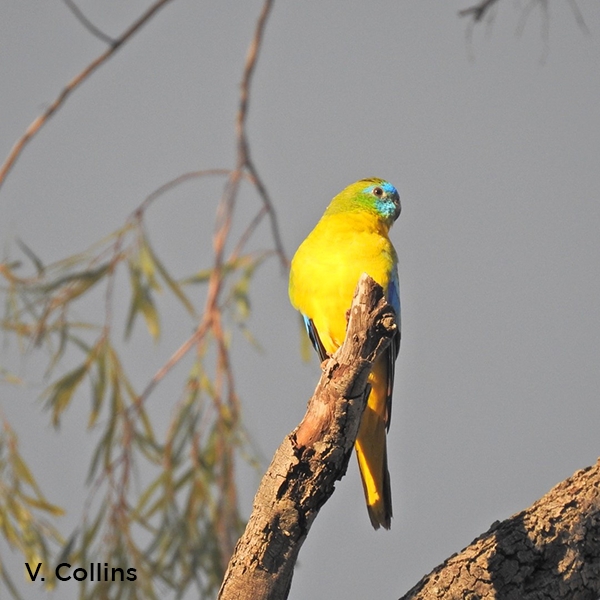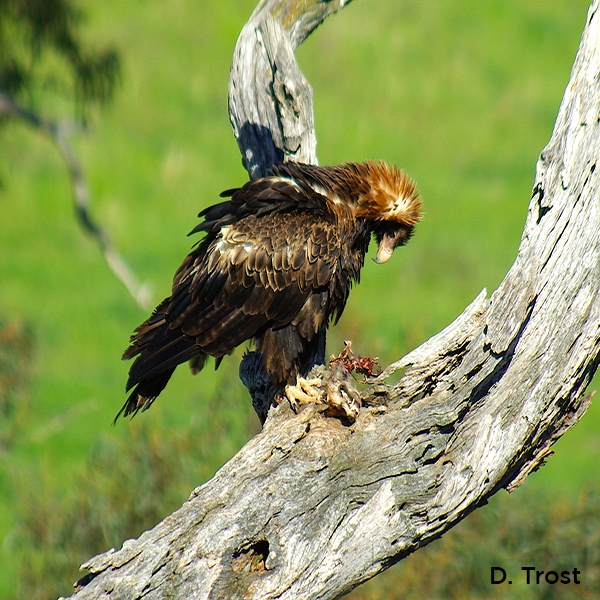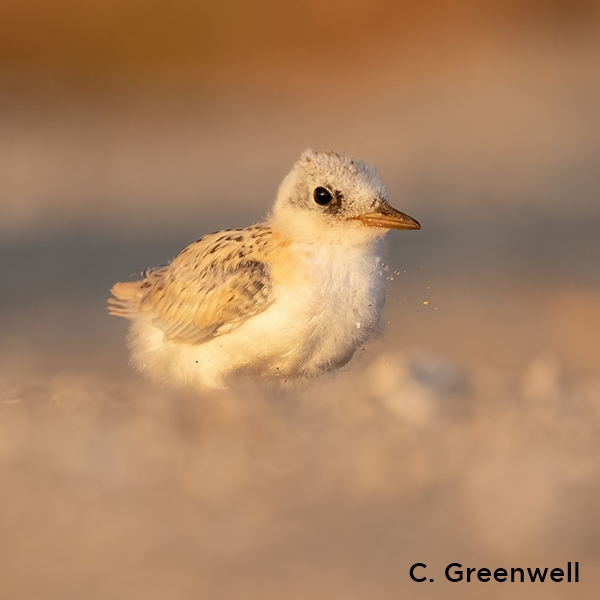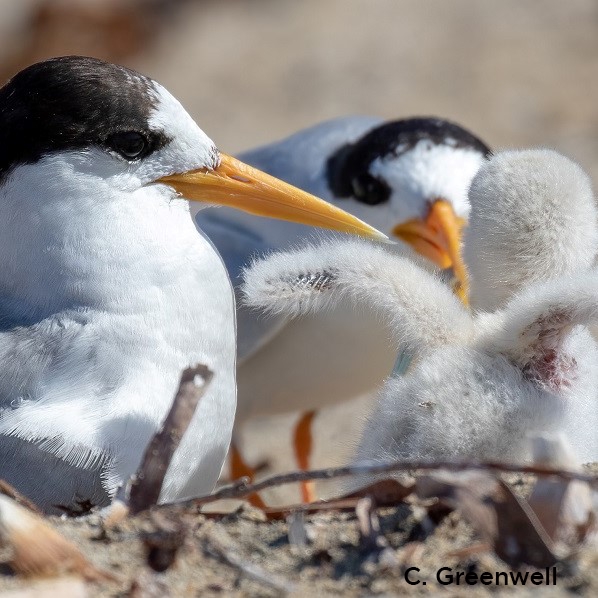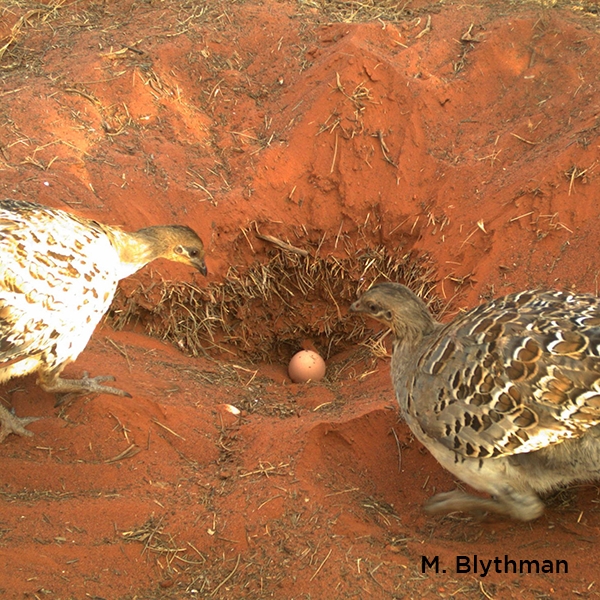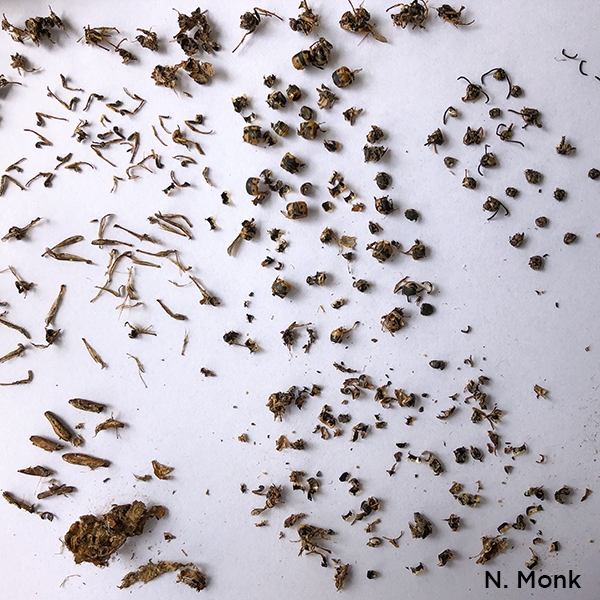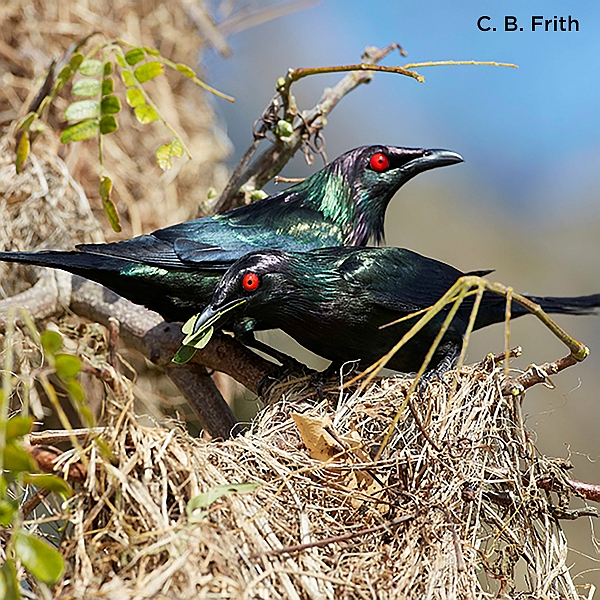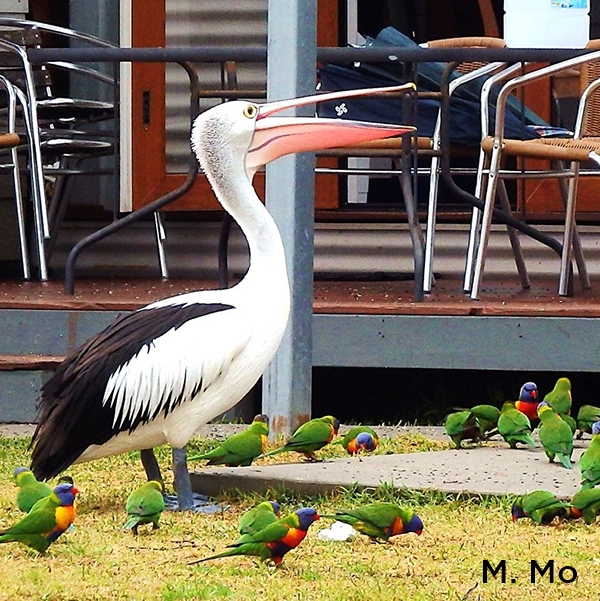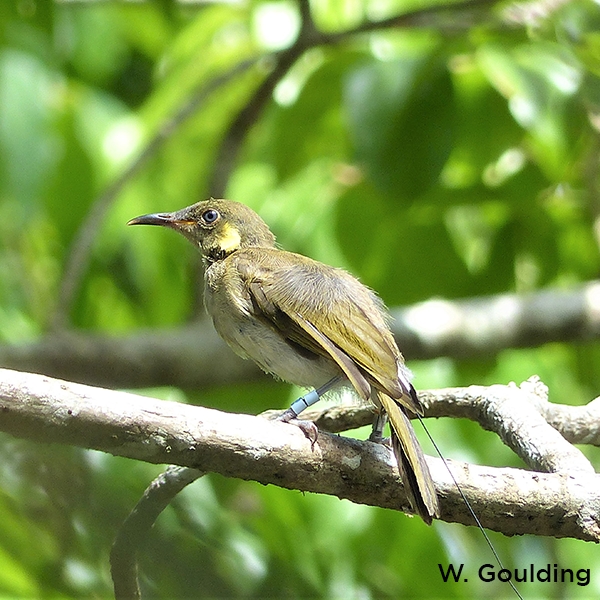Field methods to identify Palm Cockatoo nest hollows
Christina N. Zdenek, Celina V. Cacho, Jason B. Searle, Harry D. Nevard, Lauren R. Dibben
Abstract
References
Bennett, P.M. & Owens, I.P. (1997). Variation in extinction risk among birds: Chance or evolutionary predisposition? Proceedings of the Royal Society of London Series B: Biological Sciences 264, 401–408.
Burton, A.C., Neilson, E., Moreira, D., Ladle, A., Steenweg, R., Fisher, J.T., Bayne, E. & Boutin, S. (2015). Wildlife camera trapping: A review and recommendations for linking surveys to ecological processes. Journal of Applied Ecology 52, 675–685.
Felderhof, L. & Gillieson, D. (2006). Comparison of fi re patterns and fi re frequency in two tropical savanna bioregions. Austral Ecology 31, 736–746.
Forshaw, J.M. (1964). Some field observations on the Great Palm Cockatoo. Emu 63, 327–331.
Forshaw, J.M. (2011). Parrots of the World. CSIRO Publishing, Melbourne.
Gilardi, J.D. & Munn, C.A. (1998). Patterns of activity, flocking, and habitat use in parrots of the Peruvian Amazon. Condor 100, 641–653.
Griffiths, S.R., Semmens, K., Watson, S.J. & Jones, C.S. (2020). Installing chainsawâ€carved hollows in mediumâ€sized live trees increases rates of visitation by hollowâ€dependent fauna. Restoration Ecology 28 (5), 1225–1236.
Heinsohn, R., Zdenek, C.N., Cunningham, R.B., Endler, J.A. & Langmore, N.E. (2017). Tool-assisted rhythmic drumming in palm cockatoos shares key elements of human instrumental music. Science Advances 3, e1602399.
Heinsohn, R., Zdenek, C., Keighley, M., Murphy, S., Legge, S. & Garnett, S. (2021). Southern Palm Cockatoo (Probosciger aterrimus macgillivrayi). In: Garnett, S.T. & Baker G.B. (Eds). The Action Plan for Australian Birds 2020, pp. 407–410. CSIRO Publishing, Melbourne.
Heinsohn, R., Zeriga, T., Murphy, S., Igag, P., Legge, S. & Mack, A.L. (2009). Do Palm Cockatoos (Probosciger aterrimus) have long enough lifespans to support their low reproductive success? Emu - Austral Ornithology 109, 183–191.
Honey, R., McLean, C.M., Murray, B.R., Callan, M.N., Webb, J.K. & Cooper, P. (2021). Choice of monitoring method can influence estimates of usage of artificial hollows by vertebrate fauna. Australian Journal of Zoology 69, 18–25.
IUCN (2018). International Union for Conservation of Nature Red List of Threatened Species: A Global Species Assessment. Available at www.iucnredlist.org. (accessed 14 October 2021).
Keighley, M.V., Haslett, S., Zdenek, C.N. & Heinsohn, R. (2021). Slow breeding rates and low population connectivity indicate Australian Palm Cockatoos are in severe decline. Biological Conservation 253, 108865
Keighley, M.V., Langmore, N., Zdenek, C. & Heinsohn, R. (2017). Geographic variation in the vocalizations of Australian palm cockatoos (Probosciger aterrimus). Bioacoustics 26, 91–108.
Lindenmayer, D.B. (2017). Conserving large old trees as small natural features. Biological Conservation 211, 51–59.
Lindenmayer, D.B., Laurance, W.F., Franklin, J.F., Likens, G.E., Banks, S.C., Blanchard, W., Gibbons, P., Ikin, K., Blair, D. & McBurney, L. (2014). New policies for old trees: Averting a global crisis in a keystone ecological structure. Conservation Letters 7, 61–69.
Murphy, S.A. (2005). The Ecology and Conservation Biology of Palm Cockatoos (Probosciger aterrimus). PhD Thesis, Australian National University, Canberra.
Murphy, S.A. & Legge, S.M. (2007). The gradual loss and episodic creation of Palm Cockatoo (Probosciger aterrimus) nest-trees in a fire- and cyclone-prone habitat. Emu - Austral Ornithology 107, 1–6.
Murphy, S.A., Legge, S. & Heinsohn, R. (2003). The breeding biology of Palm Cockatoos (Probosciger aterrimus): A case of a slow life history. Journal of Zoology 261, 327–339.
O’Brien, T.G. & Kinnaird, M.F. (2008). A picture is worth a thousand words: The application of camera trapping to the study of birds. Bird Conservation International 18, S144–S162.
Olah, G., Butchart, S.H., Symes, A., Guzmán, I.M., Cunningham, R., Brightsmith, D.J. & Heinsohn, R. (2016). Ecological and socio-economic factors affecting extinction risk in parrots. Biodiversity and Conservation 25, 205–223.
Olah, G., Theuerkauf, J., Legault, A., Gula, R., Stein, J., Butchart, S., O’Brien, M. & Heinsohn, R. (2018). Parrots of Oceania– A comparative study of extinction risk. Emu - Austral Ornithology 118, 94–112.
Parr, M. & Juniper, T. (2010). Parrots: A Guide to Parrots of the World. Bloomsbury Publishing, New York.
Penton, C.E., Woolley, L.-A., Radford, I.J. & Murphy, B.P. (2020). Blocked-off: Termitaria cause the overestimation of tree hollow availability by ground-based surveys in northern Australia. Forest Ecology and Management 458, 117707.
Perry, D., Lenz, M. & Watson, J. (1985). Relationships between fire, fungal rots and termite damage in Australian forest trees. Australian Forestry 48, 46–53.
Queensland Government (2019). Regional ecosystem descriptions: Bioregion: Cape York Peninsula. Available online: https://apps.des.qld.gov.au/regional-ecosystems/list/?bioregion=3
Randler, C. & Kalb, N. (2018). Distance and size matters: A comparison of six wildlife camera traps and their usefulness for wild birds. Ecology and Evolution 8, 7151–7163.
Reside, A.E., VanDerWal, J. & Kutt, A.S. (2012). Projected changes in distributions of Australian tropical savanna birds under climate change using three dispersal scenarios. Ecology and Evolution 2, 705–718.
Russell-Smith, J., Yates, C.P., Whitehead, P.J., Smith, R.,
Craig, R., Allan, G.E., Thackway, R., Frakes, I., Cridland, S. & Meyer, M.C. (2007). Bushfires ‘down under’: Patterns and implications of contemporary Australian landscape burning. International Journal of Wildland Fire 16, 361–377.
Taylor, G., Eggleton, R., Foster, L. & Morgan, C. (2008). Landscapes and regolith of Weipa, northern Australia. Australian Journal of Earth Sciences 55, S3–S16.
Taylor, M.R. (2000). Natural history, behaviour and captive management of the Palm Cockatoo (Probosciger aterrimus) in North America. International Zoo Yearbook 37, 61–69.
Threatened Species Scientific Committee (2015). Conservation Advice: Probosciger aterrimus macgillivrayi, Palm Cockatoo (Australian). Threatened Species Scientific Committee, Canberra. Available online: https://www.environment.gov.au/biodiversity/threatened/species/pubs/67033-conservation-advice-31102015.pdf
Vinson, S.G., Johnson, A.P. & Mikac, K.M. (2020). Thermal cameras as a survey method for Australian arboreal mammals: A focus on the Greater Glider. Australian Mammalogy 42, 367–374.
Wintle, B.A., Kavanagh, R.P., McCarthy, M.A. & Burgman, M.A. (2005). Estimating and dealing with detectability in occupancy surveys for forest owls and arboreal marsupials. Journal of Wildlife Management 69, 905–917.
Woinarski, J. & Recher, H. (1997). Impact and response: A review of the effects of fire on the Australian avifauna. Pacific Conservation Biology 3, 183–205.
Woinarski, J. & Westaway, J. (2008). Hollow Formation in the Eucalyptus miniata–E. tetrodonta Open Forests and Savanna Woodlands of Tropical Northern Australia. Final report to Land and Water Australia (Native Vegetation Program). Department of Environment and Water, Northern Territory. Available online: https://denr.nt.gov.au/__data/assets/pdf_file/0005/255074/2008WoinarskiJ.C.Z.andWestawayJ.pdf
Woinarski, J.C. & Legge, S. (2013). The impacts of fire on birds in Australia’s tropical savannas. Emu - Austral Ornithology 113, 319–352.
Wood, G. (1988). Further field observations of the Palm Cockatoo (Probosciger aterrimus) in the Cape York Peninsula, Queensland. Corella 12, 48–52.
Woolley, L.A., Murphy, B.P., Radford, I.J., Westaway, J. & Woinarski, J.C. (2018). Cyclones, fire, and termites: The drivers of tree hollow abundance in northern Australia’s mesic tropical savanna. Forest Ecology and Management 419, 146–159.
Zdenek, C.N. (2012). Preliminary Evaluation of Photo-identification of Individual Palm Cockatoos (Probosciger aterrimus). M Phil Thesis. The Australian National University, Canberra.
Zdenek, C.N., Heinsohn, R. & Langmore, N.E. (2015). Vocal complexity in the Palm Cockatoo (Probosciger aterrimus). Bioacoustics 24, 253–267.



